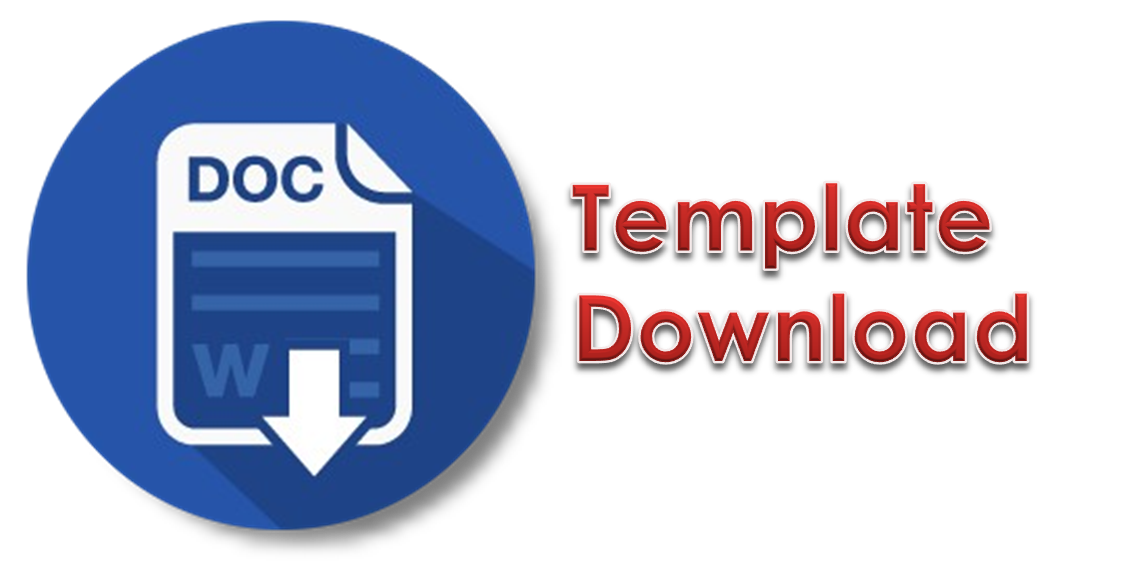The Development of AWL (Academic Word List) Pocket Book to Facilitate Vocabulary
English
Abstract
Students who took foreign language courses such as English Education department in addition to being required to have a myriad of vocabulary in English, in practice they must have great word diction used at the college level. In addition, students prioritized assignments rather than improving their vocabulary skills
. The same problem to students in the fourth semester of the English Education Department of Social Science and Humanities Faculty of Ibrahimy University. In reality, most of the students had some difficulties when understanding and classifying the kinds of academic word lists and differentiating between AWL and the daily life vocabulary they used to speak. Thus, students are given exercises in increasing vocabulary to improve their abilities. Researchers use development (R&D) methods in their applications. The Validation data is used by experts, lecturers, and student appraisals to know the eligibility level of the pocketbook. From the result of the questionnaires given. AWL pocketbook got a very competent level by detail such as 81.33% from content expert validator, 70.66% from media expert validator, 89.33% from lecturer response, and 90.35% from students testing. Those results showed that AWL pocketbook showed a significant increase so that it can be used in the learning process
References
Coxhead, A. (2000). A New Academic Word List. TESOL Quarterly, 34(2). https://doi.org/10.2307/3587951
Csomay, E., & Prades, A. (2018). Academic vocabulary in ESL student papers: A corpus-based study. Journal of English for Academic Purposes, 33, 100–118.
Damar Adi Hartaji, R. (2012). Motivasi berprestasi pada mahasiswa yang berkuliah dengan jurusan pilihan orang tua.
Hadiyanto, H., & Ellisafny, C. A. (2017). PENERJEMAHAN TEKS BOOKLET PROMOSI MUSEUM RANGGAWARSITA SEMARANG. Harmoni: Jurnal Pengabdian Kepada Masyarakat, 1(1).
Jamalzadeh, Mehri, & Chalak, Azize. (2019). A Corpus-based Study of Academic Vocabulary in Physiotherapy Research Articles. Language Teaching Research Quarterly, 9. https://doi.org/10.32038/ltrq.2019.09.06
Malmström, H., Pecorari, D., & Shaw, P. (2018). Words for what? Contrasting university students’ receptive and productive academic vocabulary needs. English for Specific Purposes, 50, 28–39.
Nurdyansyah, N. (2019). Media Pembelajaran Inovatif. Umsida Press.
Robihim, R. (2008). Analisis Metode Belajar Kosa Kata. Lingua Cultura, 2(2), 188. https://doi.org/10.21512/lc.v2i2.310
Rusdi. (2013). Filsafat Idealisme (Implikasinya dalam Pendidikan). Jurnal Dinamika Ilmu. https://doi.org/10.21093/di.v13i2.70
Sadiman, A. (2020). Media Pendidikan (Pengertian, Pengembangan, Dan, Pemanfaatannya). Rajawali pers.
Schuth, E., Köhne, J., & Weinert, S. (2017). The influence of academic vocabulary knowledge on school performance. Learning and Instruction, 49, 157–165.
Sugiyono, D. (2013). Metode penelitian pendidikan pendekatan kuantitatif, kualitatif dan R&D.
Sugiyono, D. (2015). Metode Penelitian dan Pengembangan Pendekatan Kualitatif, Kuantitatif, dan R&D. In Metode Penelitian dan Pengembangan Pendekatan Kualitatif, Kuantitatif, dan R&D.
Sumardi, M. (1974). Pengajaran bahasa asing: sebuah tinjauan dari segi metodologi. Bulan Bintang.
Trianto. (2009). Mendesain Model Pembelajaran Inovatif Progresif. In Jakarta: Kencana Prenada Media Group.
Copyright (c) 2023 JOEY: Journal of English Ibrahimy

This work is licensed under a Creative Commons Attribution-NonCommercial-ShareAlike 4.0 International License.














